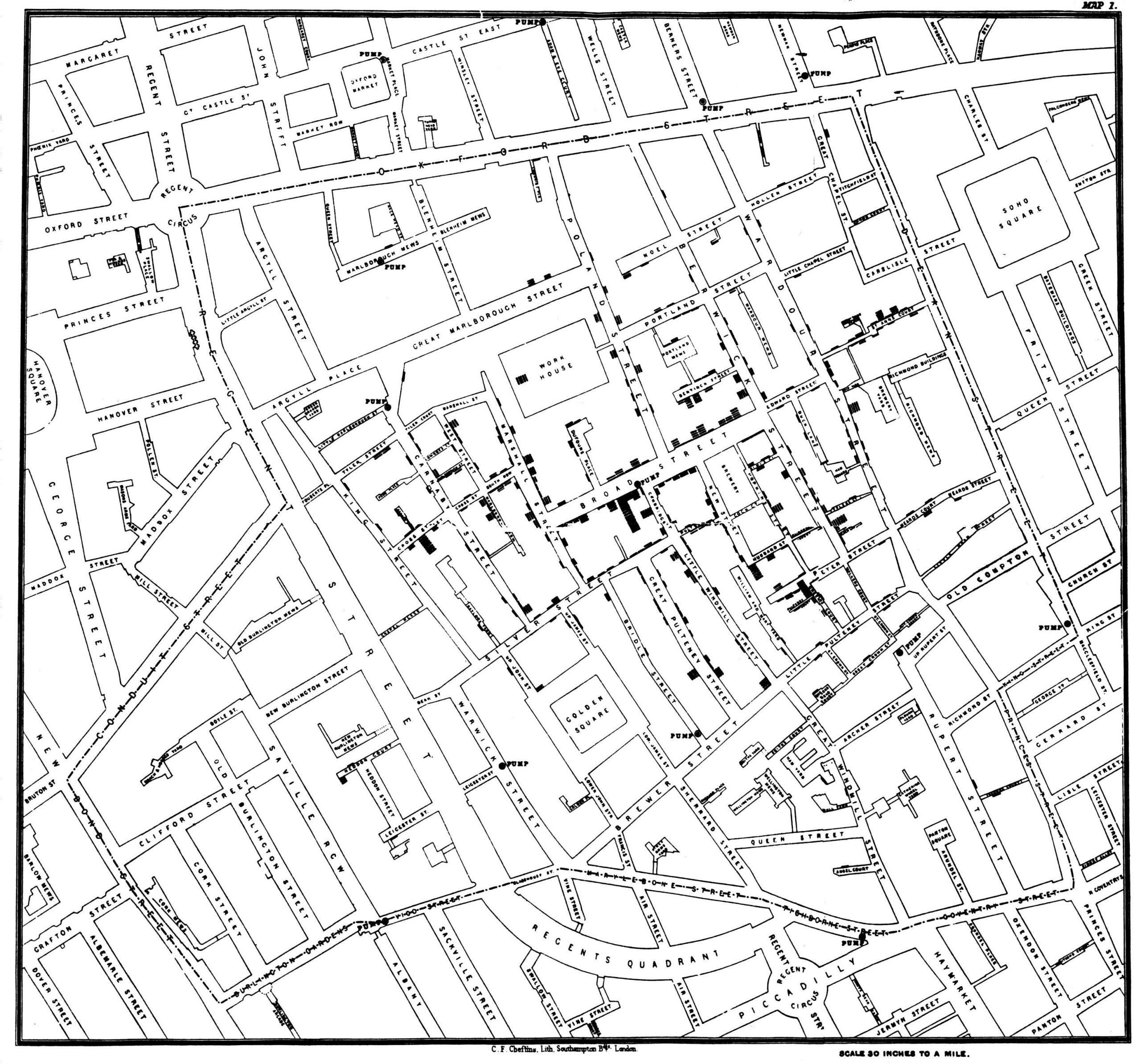Epidemiology Module

This module was originally designed by Dr. Kim Dej (School of Interdisciplinary Science) It has been revised and updated by Mr. Ryan Belowitz (lead), Ms. Devon Jones and Dr. Ana Tomljenovic-Berube in the School of Interdisciplinary Science.
This lab has been modified from the following case study:
Harrison-Pitaniello, M., Shiltz, J. L., Hughes, R. E., Estep, R. L., & Mummert, A. B. (2006). Campus Outbreak! Modeling Seasonal Influenza. National Center for Case Study Teaching in Science. https://sciencecases.lib.buffalo.edu/collection/detail.html?case_id=837&id=837
module Overview
If you need a reminder of the course structure (lectures, labs and tutorials) click HERE
In this Epidemiology Module, we will use the seasonal influenza virus to introduce you to the field of epidemiology and research on infectious disease modelling. The lecture will provide you with general background knowledge on the seasonal influenza virus (e.g. transmission, symptoms and strains), how the virus is studied and modelled (e.g. Fluwatch), and risk factors that make certain segments of the population more vulnerable to the virus. In the lab, there will be group discussions regarding seasonal influenza virus data from the CDC. You will then be introduced to Netlogo, a program that allows you to mathematically model the spread of seasonal influenza and test the effects of changing different variables on the spread of the disease. In tutorial, you will have a chance to discuss control strategies that help limit the spread of seasonal infleunza, develop hypotheses regarding the efficacy of the different control strategies, and test your hypotheses using Netlogo. For the group project, you will meet your group and start composing your team contract (checkpoint #1). Note: You will be automatically enrolled into group.
Learning Objectives
By the end of this module, students should be able to:
- Explain the parameters that affect the transmission of an infectious disease.
- Identify the characteristics that make people over the age of 65 more susceptible to the impacts of infection.
- Describe the importance of epidemiology in disease research and prevention.
- Design and test hypotheses.
- Apply the NetLogo software to model disease infectivity and test hypotheses.
Module Task List
| Task | Due Date | Notes |
|---|---|---|
| Watch LSL Video - Tracking Influenza (click HERE) | Before attending lab | There will be a short discussion in lab based on the video. |
| Watch module lectures. | Before starting module activities. We recommend you get into the habit of watching lectures before your scheduled lab time. | Lectures are available on Echo360, which can be accessed through Avenue to Learn. |
| Read module outline. | Before your virtual lab starts. | |
| Attend virtual lab and complete lab activities. | Attend during your scheduled lab time. The TA will be available during this time to help you. | Join your lab/tutorial section team on MS Teams. The first part of lab is an overview of the activities. The remainder of the lab time will be used to complete the lab activities. |
| Epidemiology Individual Assignment | We recommend you start working on the assignment (click HERE) immediately after completing the lab activities. If you encounter any difficulties, you can pause and wait until after the tutorial presentation, where there is opportunity to ask the TA questions. Assignment Due dates are HERE |
We recommend setting aside the same block of time every week for completing individual assignments in Life Sci 2L03. Assignments are submitted on Avenue to Learn. Click HERE for details. |
| Attend online tutorial | Attend during your scheduled tutorial time. | Join your lab/tutorial section team on MS Teams. The first part of tutorial is an overview of the assignment from the TAs. The remainder of the tutorial time will be used to work with your group on the group project. |
| Complete Epidemiology Tutorial Reflection | Submit before the end of tutorial. | The reflection will be completed in the OneNote app which is accessed through your lab/tutorial section team on MS Teams. The TA will release a page in your notebook to complete your reflection. You are only able to complete the reflection during the allocated tutorial time. |
| Group Project | Meet group Start the team contract (click HERE for deadline info) |
Use the remainder of the tutorial time to start working on a team contract (click HERE for team contract instructions) |
Missed work
If you miss the lab, tutorial or any work associated with this module, click HERE for details on accommodations.

